Unleash the Power of Self-Massage: Techniques for Relaxation and Pain Relief
Jul 6, 2021
|By Deidre Ann Johnson
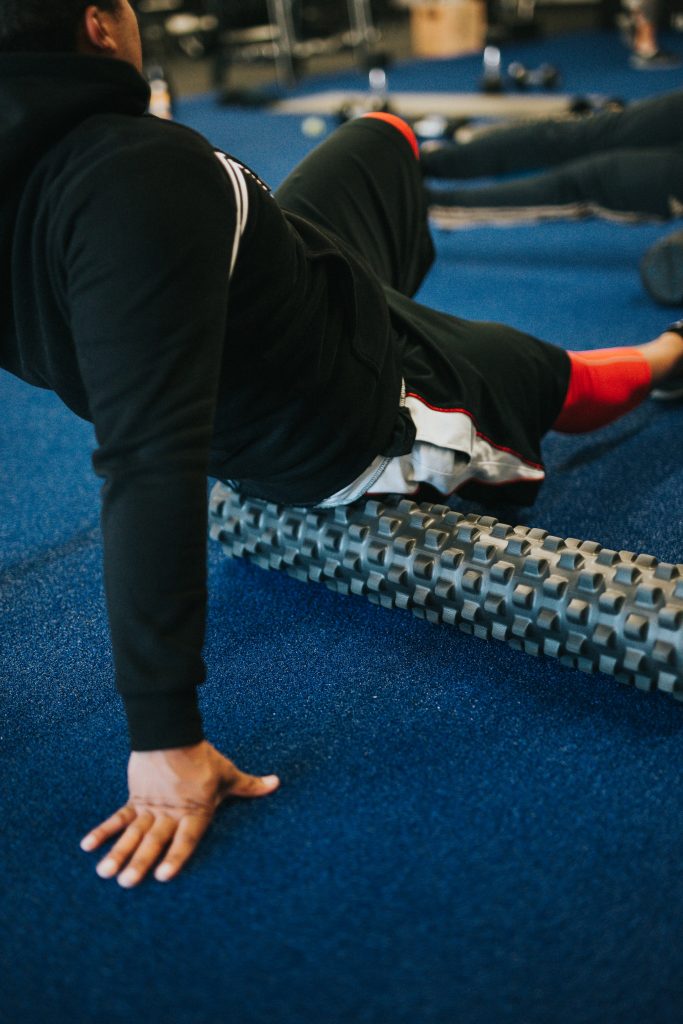
Textured foams rolls can be quite painful! If you are new, use a smooth, low density roll.
Unleash The Power of Self-Massage
Unleash the power of self-massage to address pain, tension, and promote relaxation! While there’s nothing quite like the pampering touch of a professional massage therapist, self-massage offers a wealth of benefits readily available at your fingertips (literally!).
Unleash the Power of Self-Massage: Techniques for Relaxation and Pain Relief
Self-massage goes far beyond simply feeling good. It tackles a variety of issues that plague our modern lifestyles. Let’s delve deeper into some common culprits of pain:
- Prolonged Sitting: Holding one position for extended periods, like hunching over a computer, can wreak havoc on your posture and lead to pain.
- Poor Workstation Setup: Desks or chairs that don’t support proper ergonomics can trigger muscle imbalances and discomfort.
- Tech Neck: Constantly craning your neck to stare at a phone or tablet can strain your neck muscles.
These situations, and many others, can all contribute to the formation of trigger points. These are tight, knotted areas in your muscles that can cause localized pain and even radiate discomfort to other parts of your body.
The good news is that unleashing these self-massage techniques can help locate and release these trigger points, bringing much-needed relief.
Unlock Self-Massage: Tools for Relaxation & Pain Relief
Let’s explore some handy tools you can incorporate to unleash the power of self-massage!:
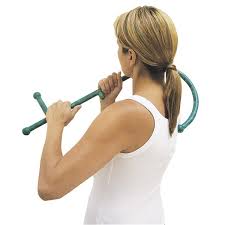
Use Theracane to release trigger points.
Theracane:
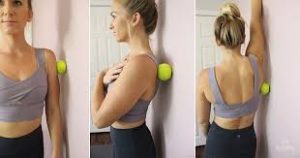
Avid tennis player with plenty of tennis balls around? Use them for specific trigger point release.
Tennis balls:
Position a tennis ball against a wall and lean into it with your sore spot. Alternatively, place the ball in a pillowcase and hold the open end for leverage. Apply gentle to moderate pressure and move your body in small circles or side-to-side motions to target the area.
Foam Rollers:
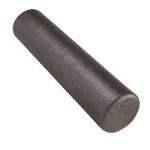
Techniques for Back Pain Relief
Here are three specific techniques using a foam roller to target back stiffness and pain:
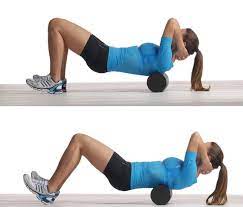
Use foam roller horizontally to mobilize thoracic spine.
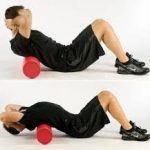
Use the foam roll to mobilization specific areas along the thoracic spine.
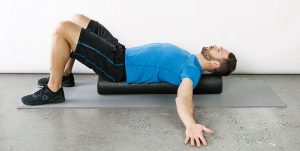
Use the foam roll vertically to open up and release the chest wall.
